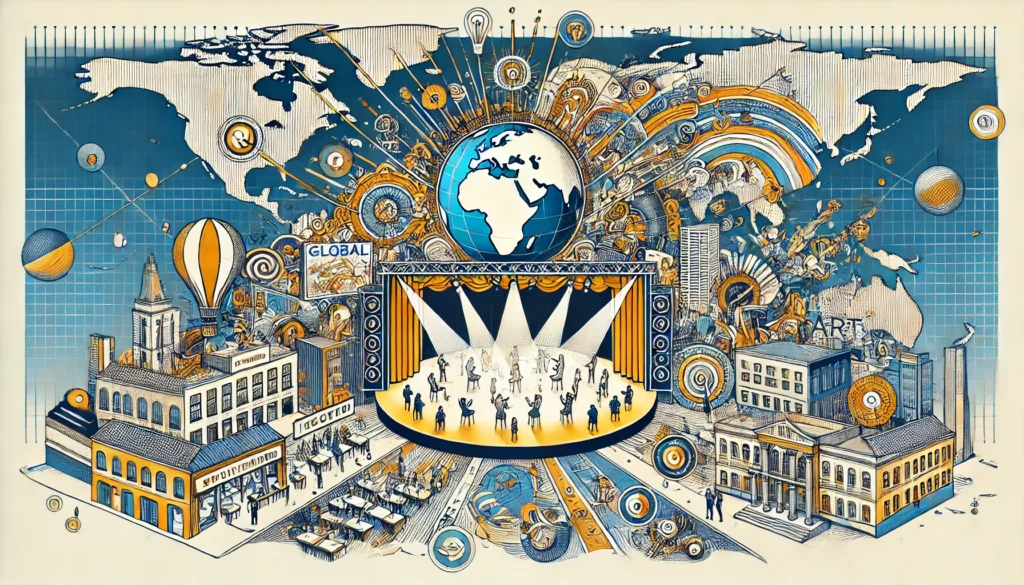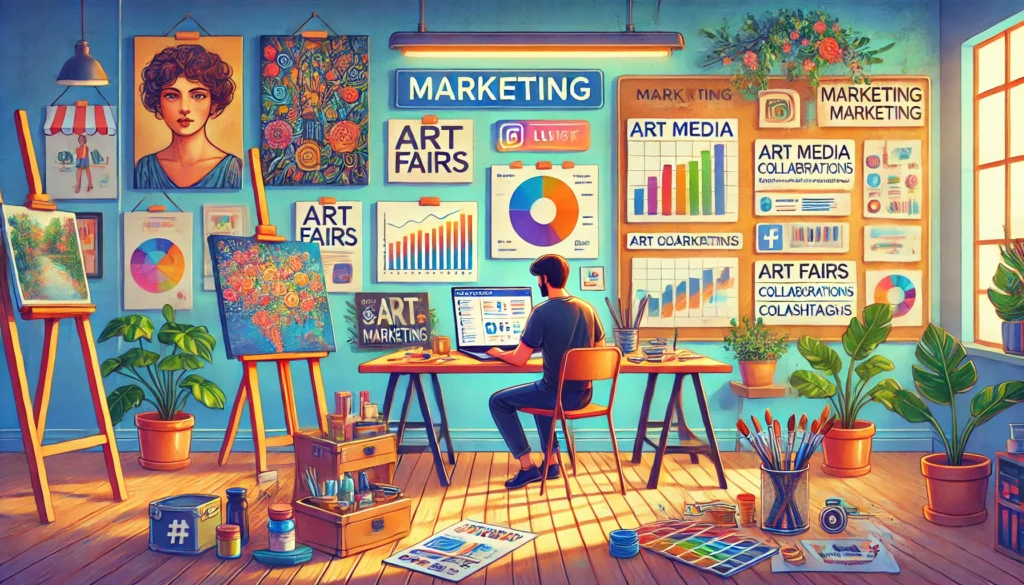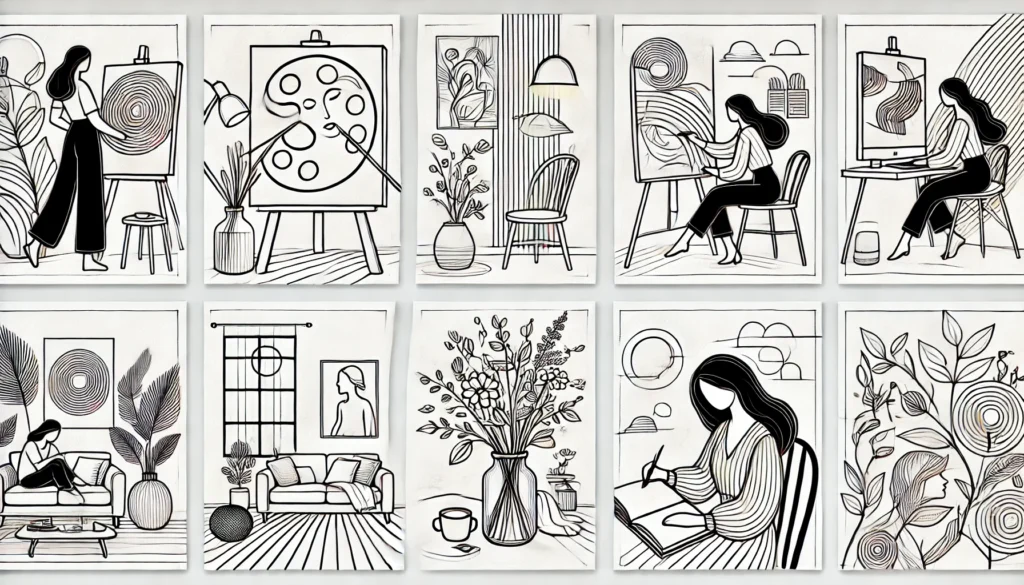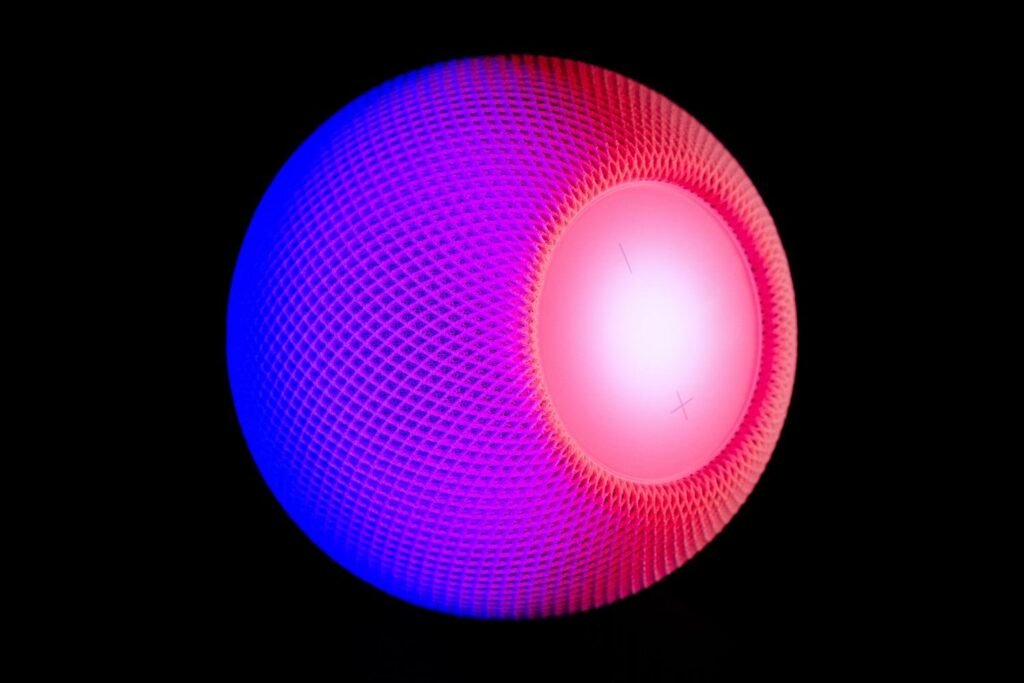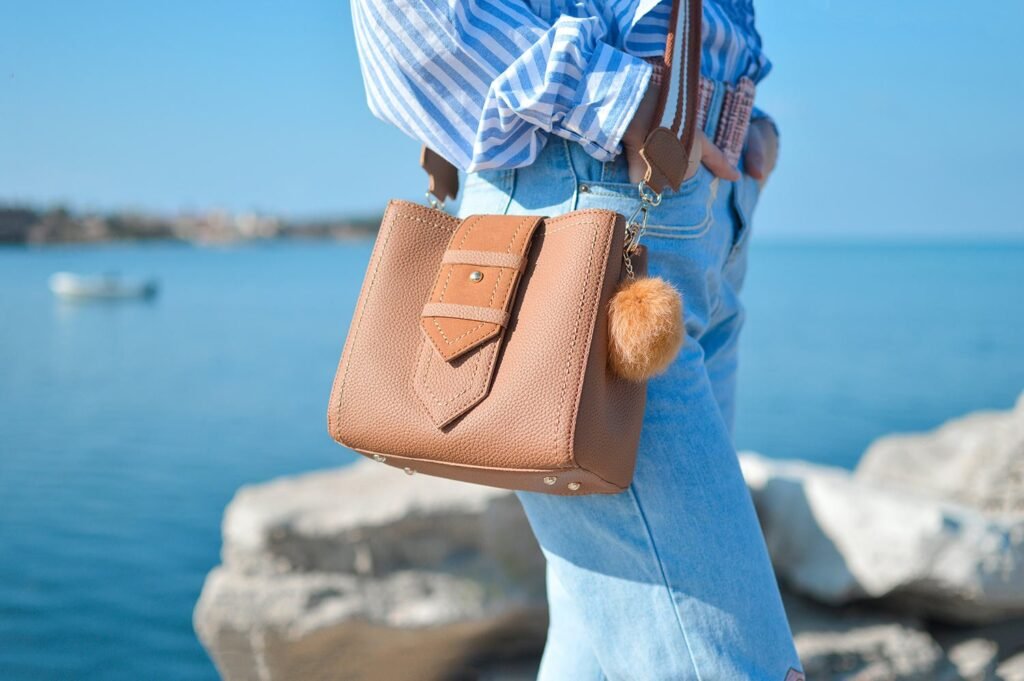What Makes Art Valuable? Key Factors That Drive the Value of Artwork

Art has the power to evoke emotions, inspire creativity, and transcend generations. But when it comes to determining its monetary value, the criteria can seem elusive. Understanding the factors that drive the value of artwork can help artists, collectors, and enthusiasts make informed decisions. Here are the key elements that contribute to an artwork’s value.
1. The Artist’s Reputation
An artist’s name often plays a significant role in determining the value of their work. Factors include:
- Established Reputation: Works by well-known or historically significant artists are highly sought after.
- Awards and Recognition: Winning prestigious awards or participating in high-profile exhibitions increases an artist’s credibility.
- Demand: Consistent interest in an artist’s work among collectors and galleries drives up prices.
2. Rarity and Exclusivity
The scarcity of a piece can greatly influence its value. Considerations include:
- One-of-a-Kind Works: Unique pieces, such as original paintings or sculptures, are generally more valuable than reproductions.
- Limited Editions: Signed and numbered prints or limited-run pieces create a sense of exclusivity.
- Unrepeatable Moments: Art tied to specific historical or cultural events often holds higher value.
3. Historical and Cultural Significance
Art that captures an important moment in history or reflects a specific cultural narrative can command higher prices. Pieces that:
- Document Historical Events: Become artifacts of a particular era.
- Reflect Societal Themes: Resonate with audiences for their relevance and impact.
- Influence Movements: Spark new artistic trends or define cultural shifts.
4. The Medium and Materials Used
The type of materials and techniques employed can significantly impact value:
- Rare Materials: Precious metals, high-quality canvases, or unique pigments can increase worth.
- Medium Popularity: Oil paintings, for instance, are traditionally more valuable than acrylic or watercolor pieces.
- Durability: Art created with long-lasting materials is often deemed more valuable.
5. Size and Scale
The dimensions of a piece can influence its value:
- Large Works: Command higher prices due to their visual impact and the effort required.
- Compact Pieces: While smaller, these may hold value due to intricate detailing or portability.
6. Provenance and Ownership History
The story behind an artwork—its provenance—is crucial for determining its value. Key aspects include:
- Previous Owners: Works owned by celebrities, historical figures, or prominent collectors tend to fetch higher prices.
- Exhibition History: Art showcased in notable galleries or museums carries added prestige.
- Authenticity Documentation: Certificates of authenticity or records of sale enhance trust and value.
7. Condition and Preservation
The physical state of an artwork directly affects its value:
- Well-Preserved Pieces: Artworks in pristine condition are more desirable.
- Restoration Work: Properly restored art can retain value, but overly restored or altered pieces may lose appeal.
- Fragility: Pieces prone to damage may decrease in value unless exceptionally rare.
8. Market Trends and Demand
The art market is dynamic, influenced by:
- Current Trends: Popular styles or themes often fetch higher prices.
- Economic Factors: Booming markets or increased disposable income can drive demand.
- Cultural Shifts: Societal preferences and tastes impact what buyers seek.
9. Emotional and Aesthetic Appeal
While subjective, emotional connection and visual impact significantly affect an artwork’s value. Considerations include:
- Unique Style: Art that stands out for its originality or innovation.
- Emotional Resonance: Pieces that evoke strong feelings or memories.
- Timelessness: Works that remain relevant and admired over time.
10. Auctions and Secondary Sales
Art sold through reputable auction houses or secondary markets often gains value:
- Bidding Wars: Intense competition can drive prices far beyond initial estimates.
- Historical Sale Prices: High past sales can set a benchmark for future valuations.
- Collector Interest: Active participation by prominent collectors boosts visibility and demand.
Conclusion
The value of art is a complex interplay of tangible and intangible factors, ranging from the artist’s reputation to the emotional connection it fosters. Whether you’re creating, collecting, or selling art, understanding these elements can help you appreciate and assess its worth more effectively. Remember, beyond monetary value, the true worth of art often lies in its ability to inspire and connect with people.













